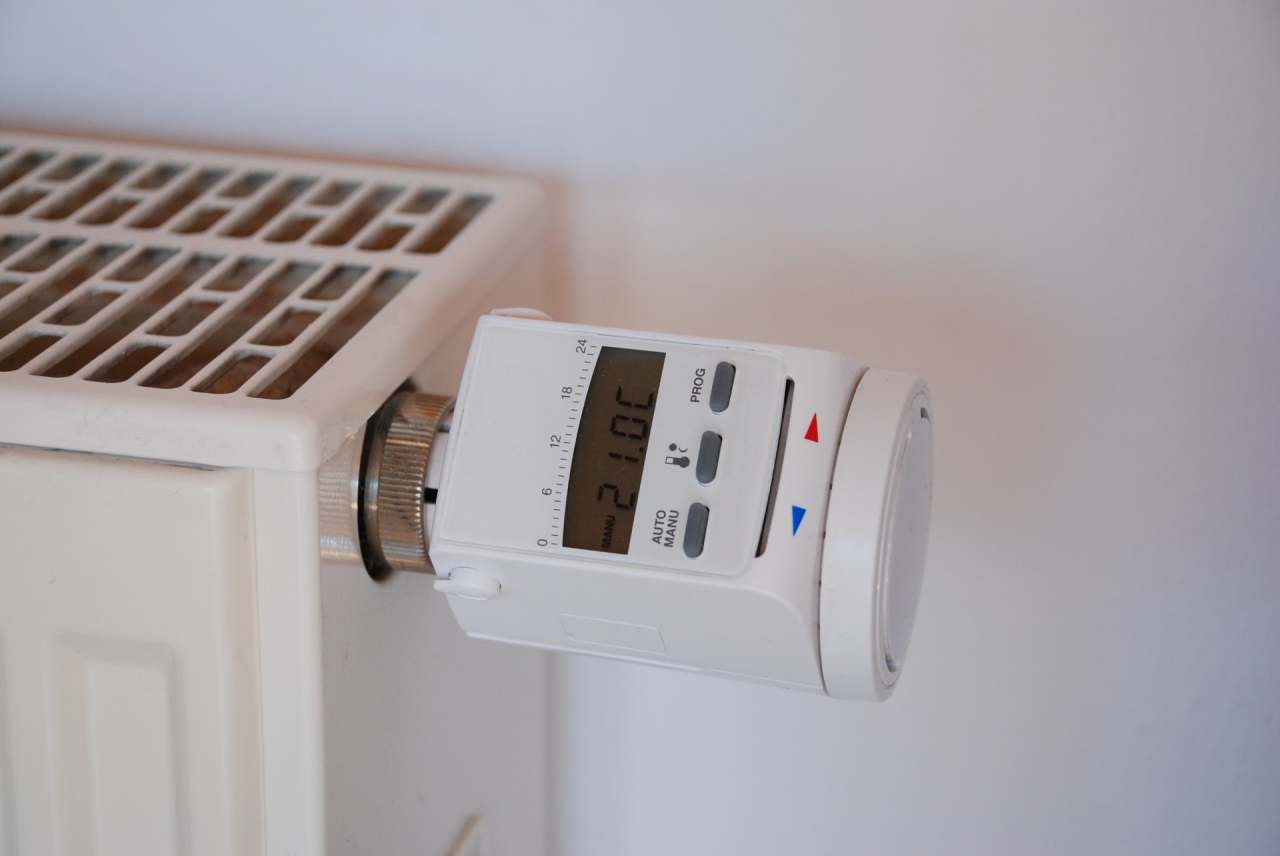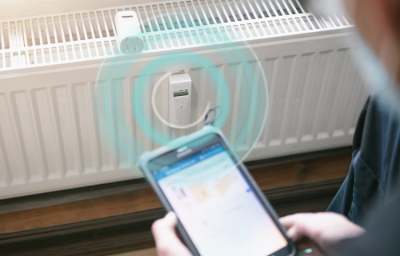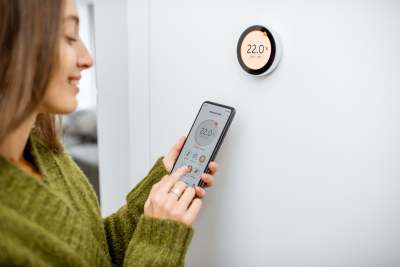How to do smart heating
While it may sound techy and confusing, smart heating is easier to install and use than you expect.
Smart heating involves using a smart thermostat. Smart thermostats allow you to (either manually or automatically) match your heating to your schedule and behaviour, so that you waste less energy. Smart heating also sometimes involves getting smart radiator valves so that you can control each room separately.
Smart thermostats
Smart thermostats are key to smart heating. Not to be confused with smart meters, they can offer sophisticated systems for controlling your heating across your home.
Smart thermostats are a bit of an investment, costing around £100 - £330, once you factor in the unit and installation. Given the high cost of energy at the moment, though, they may very quickly be a worthwhile investment. If you made the full 10% energy saving, the average household would have made back the cost of their smart thermostat in one to two years.
If choosing a smart thermostat, here are a few things to consider, to ensure you get the right one:
1. Decide how you want to control it
Lots of smart thermostats are controlled through mobile or tablet apps. If you don’t have a smartphone or tablet, you’ll need to look for a model that you’re able to control through your computer.
Smart thermostats can also be compatible with other smart devices (such as Google assistant). This means that if you have a smart device, you can control your thermostat using voice instructions, for example: “Turn hot water on at 5pm.”
2. Decide whether you want it to be automated or in your control
Some smart thermostat devices connect to an app on your phone that allow you to control your own heating. Others ‘learn’ your patterns and preferences before making a personalised schedule.
Some have sensors or track your smartphone’s geolocation, and can switch off the heating when you’ve left and switch it back on when you return to your home!
Work out what level of control you want vs what you’d like to be automated. For example, is it realistic that you’ll remember to change your heating if you’re later than usual coming home, or are you better getting an automated option? Do you mind an app tracking your location?
Many thermostat apps offer options somewhere between entirely manual and entirely automated. For example, some will alert you if your heating comes on when it thinks you’re away from home, while others will automatically turn it off for you.
Be realistic about your tech expertise. If you hate using your smartphone, choose a simpler option. In this case, it might be worth reading a couple of reviews or doing an internet search on the simplest thermostats to control.









